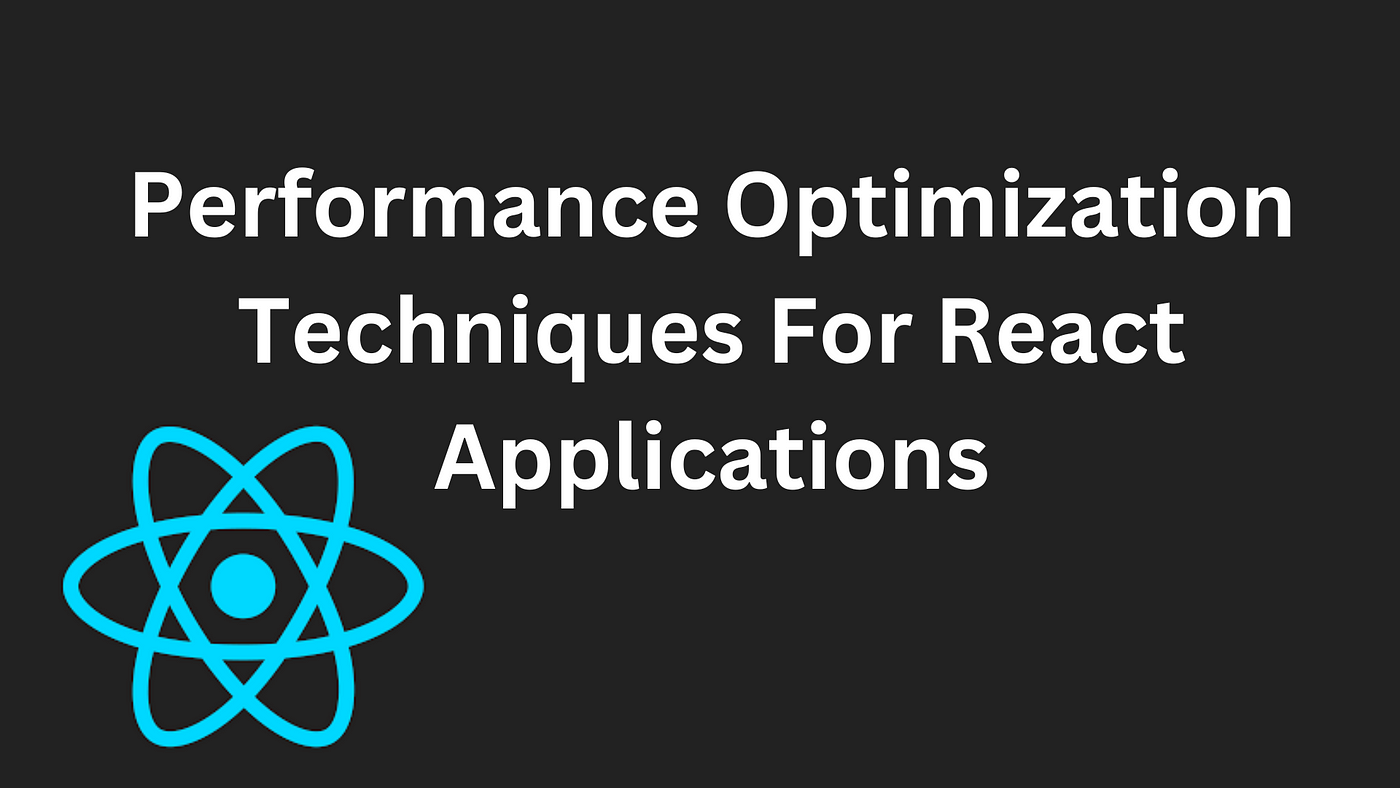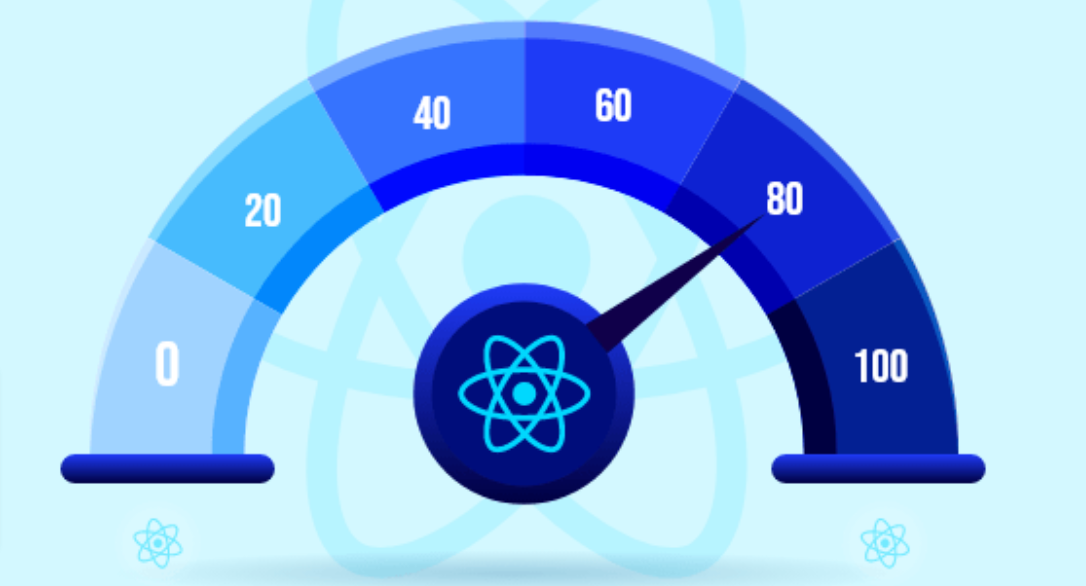Unlock Peak Performance: A Deep Dive into Optimizing Your React Applications.
Introduction
In the fast-paced world of web development, ensuring that your React applications perform optimally is essential for delivering a seamless user experience. From reducing loading times to enhancing responsiveness, optimizing performance can significantly impact user satisfaction and engagement. In this in-depth guide, we'll delve into the intricacies of optimizing React applications for peak performance, covering essential techniques and strategies to elevate your development game.
Profiling and Identifying Performance Issues
Before diving into optimization strategies, it's crucial to identify performance bottlenecks. Profiling tools like Chrome DevTools and React DevTools provide invaluable insights into your application's performance metrics. By analyzing factors such as rendering times and memory usage, you can pinpoint areas for improvement and prioritize optimization efforts effectively.
Improving Rendering Performance
Rendering performance lies at the core of React application optimization. Techniques such as minimizing unnecessary re-renders and optimizing the virtual DOM can significantly enhance rendering speed. Leveraging features like shouldComponentUpdate, PureComponent, and React.memo empowers you to optimize component rendering without compromising functionality, ensuring smooth and efficient user interactions.
Managing State Effectively
Effective state management is paramount for maintaining optimal performance in React applications. Whether you opt for useState, useContext, Redux, or MobX, adopting best practices for state management is crucial. By minimizing unnecessary state updates and leveraging appropriate state management solutions, you can streamline your application's performance and responsiveness.
Code Splitting and Lazy Loading
Code splitting and lazy loading are indispensable techniques for reducing initial load times and optimizing bundle sizes in React applications. Dynamic imports and React.lazy offer seamless solutions for dynamically loading components and resources as needed, thereby improving performance and delivering a more responsive user experience.
Optimizing Network Performance
Network performance plays a pivotal role in overall application performance. Strategies such as minimizing HTTP requests, optimizing asset delivery, and implementing client-side caching and prefetching can significantly enhance network efficiency. By prioritizing network optimization, you can ensure that your React applications deliver lightning-fast performance across diverse network conditions.
Conclusion
Optimizing React applications for peak performance is a multifaceted endeavor that demands careful attention to detail and strategic planning. By leveraging profiling tools to identify performance issues, optimizing rendering performance, managing state effectively, implementing code splitting and lazy loading, and prioritizing network optimization, you can unlock the full potential of your React applications. Armed with these insights and techniques, you're well-equipped to create high-performance React applications that deliver unparalleled user experiences.




Comments
Post a Comment